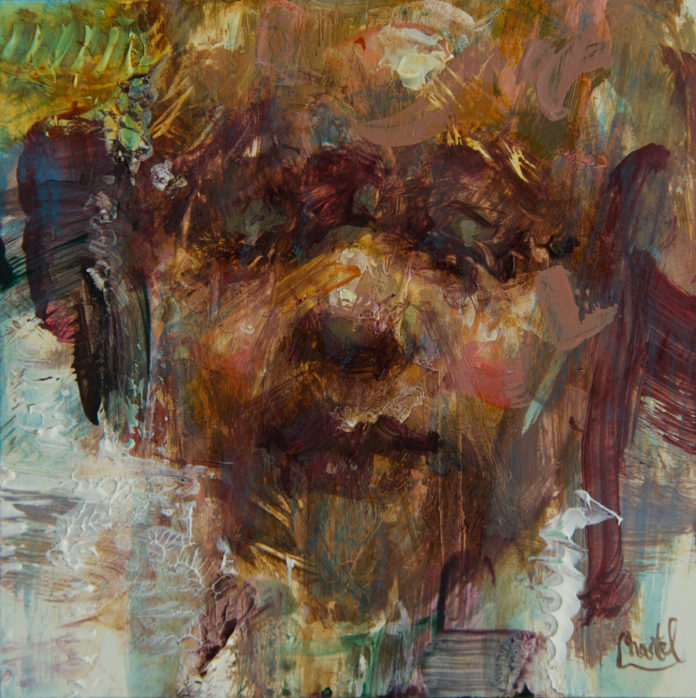Chantel Barber is known for her expressive paintings. In this guest blog post, she shares some of her favorite acrylic painting tips and techniques.
Working with Acrylic Paint
BY CHANTEL BARBER
I am always painting – even if it is only in my head. I want to capture the human spirit in my work, and the more I paint people, the more I grow in love and respect for them. I learned how to paint with oil when I was 11 and enjoyed it for years. In 1990, I was introduced to acrylic for the first time. I became enamored with the medium. I was never taught by other acrylic artists. I found that my favorite works were those of impressionist oil painters and so I studied the works of oil painters I loved, and I took workshops from those who would let me work in acrylic. I would then figure out how to translate techniques that resonated with me into working in acrylic. I now paint with intention, so I take time to study and observe the model, or the photo reference that is my guide. I say guide, because unless I am doing a portrait commission, where the likeness is essential, I am only interested in creating a compelling painting.
I favor working in a looser, expressionistic style, and I love doing it in acrylic. Acrylic dries quickly – and that is a big plus for me! In fact, sometimes it doesn’t dry fast enough, and I pull out a hair dryer to help it along.
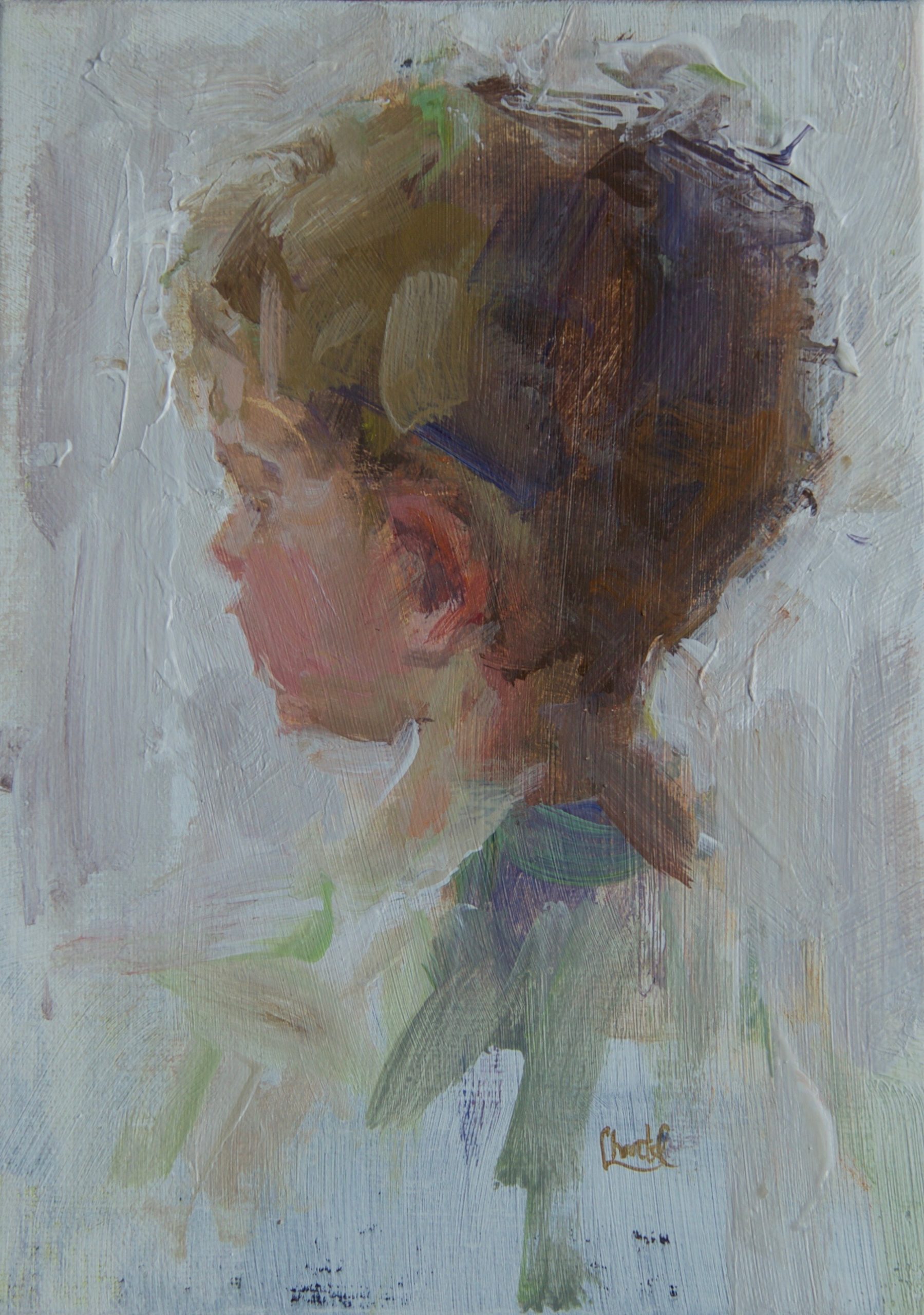
Painting with Acrylic and the “Fear Factor”
Working in acrylics allows me to eliminate what I call “the fear factor” from the painting process. Perhaps some artists haven’t had to deal with this, but I suspect most have. It often surprises me when I meet master artists who share that they still wrestle with the inner negative voice. Fear of failure has a way of either freezing us in place with brush in hand, or it keeps us muddling in an area of the painting that feels safe, making us avoid areas that actually need to be addressed.
Basic questions can become intimidating: ‘How do I keep the painting feeling fresh and vibrant?’ or ‘The painting looks good right now, but what if this effect or that brushstroke ruins it?’ Acrylics’ fast drying time means that if a paint stroke doesn’t work, I am able to easily wipe it off without hurting the painting’s integrity, since the existing paint is already dry. For me, working in acrylics has removed the fear factor and has given me the freedom to experiment, and experimentation is how I find techniques that excite me to keep creating!
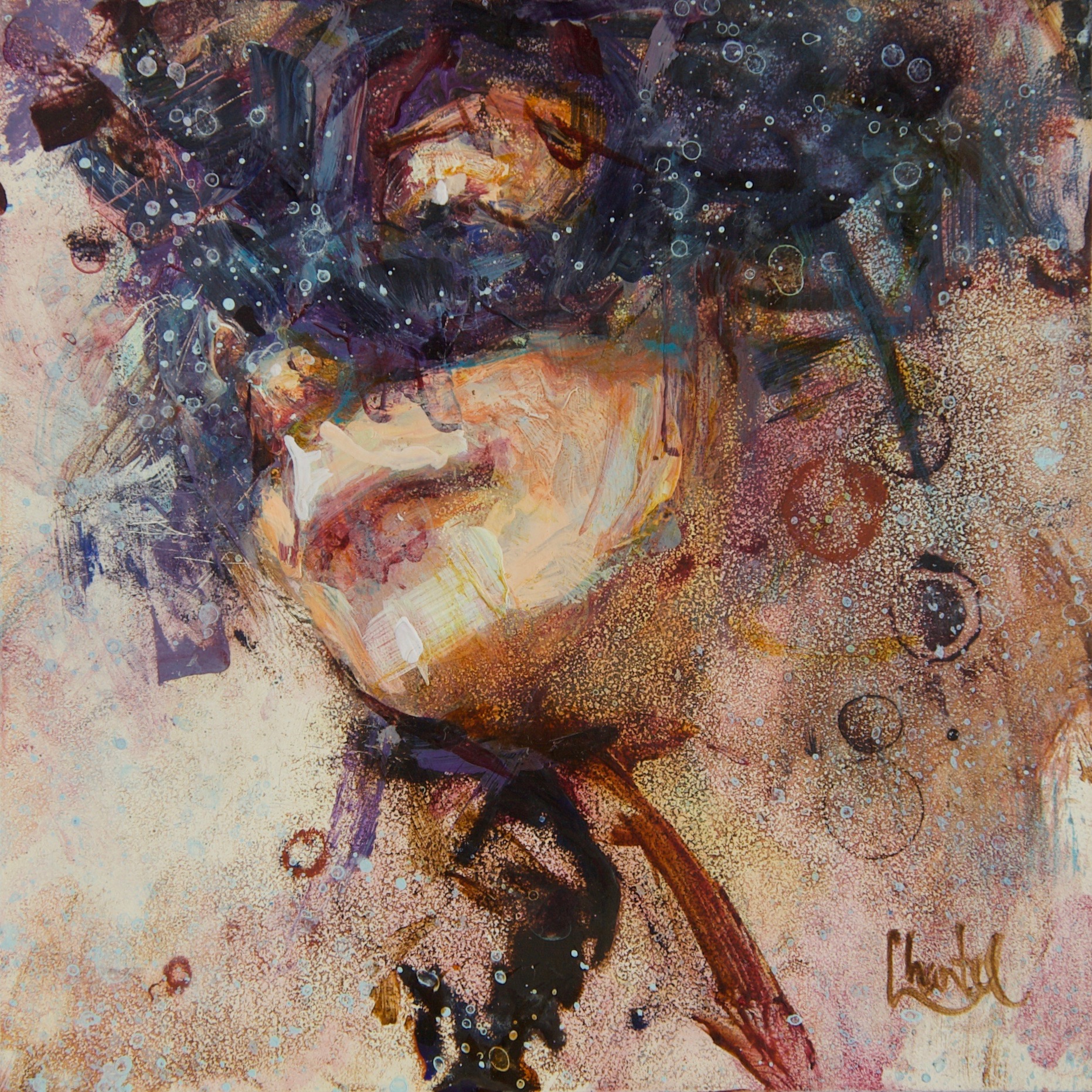
Acrylic Painting Techniques
From the very beginning, I realized that I needed a system that preserved the fast-drying paint, so working on a dry palette was not an option. I discovered the Masterson-Sta-Wet Palette as a solution early on. This ingenious palette keeps paints moist throughout the painting session, allowing me to take my time when preparing paint mixtures. In order for the system to work properly, it must be used with a sponge and palette paper that absorbs the moisture from the sponge, thereby keeping paints moist and workable. Although this palette is great for saving paint, I never keep the paint for more than two days because colors need to be kept fresh and the palette clean. Without fresh pure colors on the palette, there won’t be fresh pure colors on the canvas.
I enjoy mixing the color. I love the feel of the acrylic paint when using a knife to mix colors on the palette. I start mixing pools of color, experimenting with what I think would be a good fit for the painting. I want to have a nice selection of light, middle, and dark value choices. Starting with middle values, I work into the light and dark. The acrylic typically dries one value darker, so I mix the color pools keeping them one value lighter (keep in mind some brands may not work like this).
I use Heavy Body Professional acrylic paint because it has a thick consistency for techniques that I employ using brushes, spatulas, and knives.
Acrylic inks have become a new favorite. Because they are ultra-fluid and highly pigmented, they allow for a variety of effects like transparent washes and splattering. You can achieve wonderful texture with acrylic. Unique and varied edges are created not only when the paint is wet, but also when it is dry, by using knives and spatulas to scrape into it.
It isn’t always about putting more paint on but sometimes taking paint off. A damp blue shop paper towel can lift up just the right amount of paint, leaving beautiful edges and nuances.
I love using scratchboard tools on dry paint to produce various marks that add texture and depth. Scratchboard tools, including a fiberglass erasing brush, scratch knife, and steel wire brush, are some of my favorites.
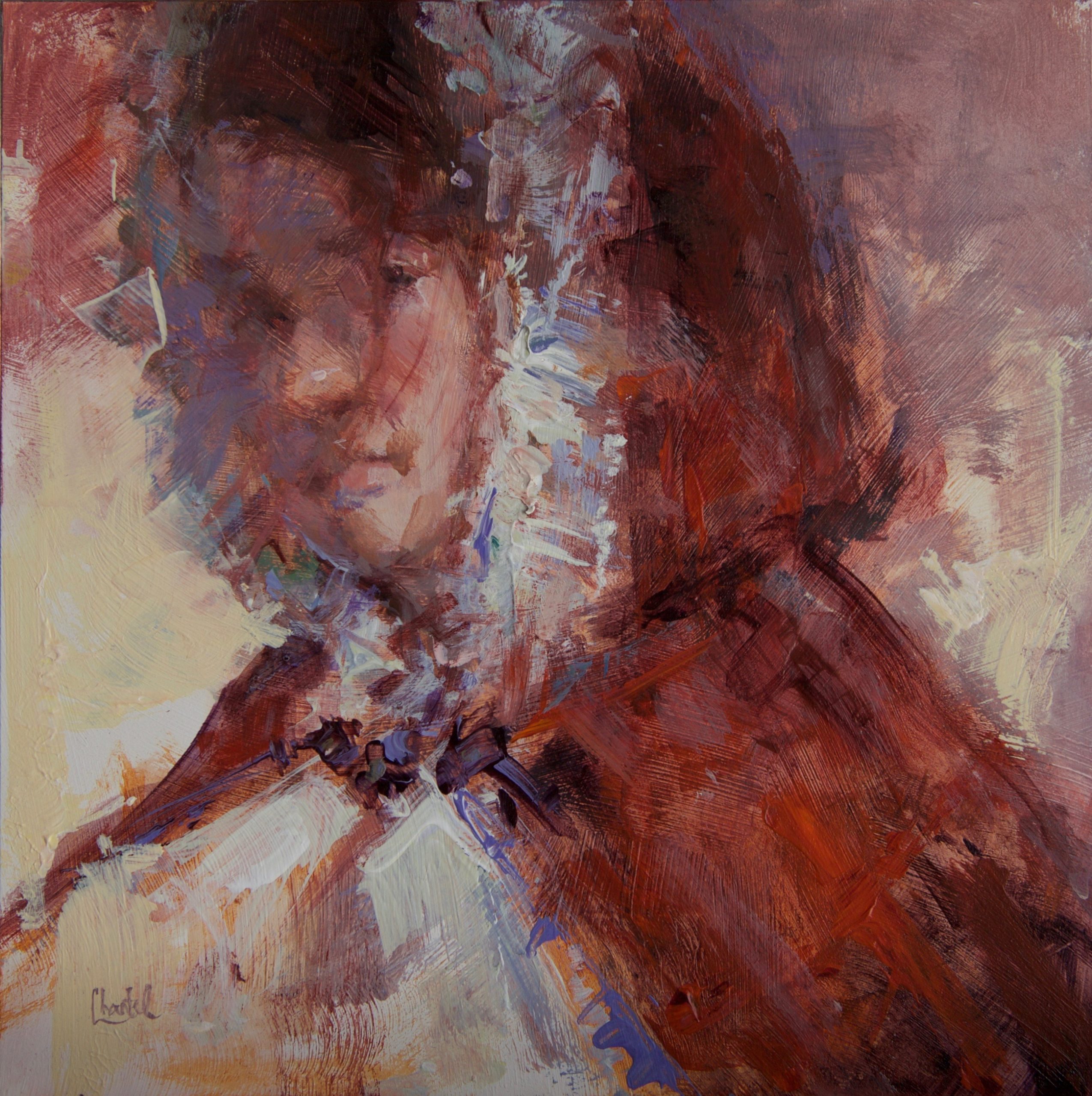
Painting With Acrylic: On Using Water
Just as it is necessary to control how much medium is used with oil, it is important to limit water use with acrylic. It is fine for the paints to soak up some water from the palette sponge and still be workable. But wimpy paints are no good.
I need to be able to control the paint, therefore I like keeping acrylic paint on the palette as close to the tube consistency as possible. This is the reason I do not clean brushes in water during the painting process. Much of the time, I paint with hog hair bristle brushes and they need to maintain their shape. I wipe off excess paint on a white cotton towel. I have found the brushes cannot be controlled wet as well as they can be when dry – they lose their shape and resiliency.
I use the same brushes throughout a session. In order to keep the brushes from drying out, I wrap them individually in a damp blue shop towel. This method has worked for me many years. It allows the brushes to be washed with water-based cleaner when the painting day is finished.
I encourage experimentation and creativity in acrylic. It can make your work stronger in whatever medium you normally use by highlighting value and edge awareness as you work. By using various tools and maintaining consistency, acrylic can be used to create life filled expressive portraits that draw the viewer in and keep them interested.
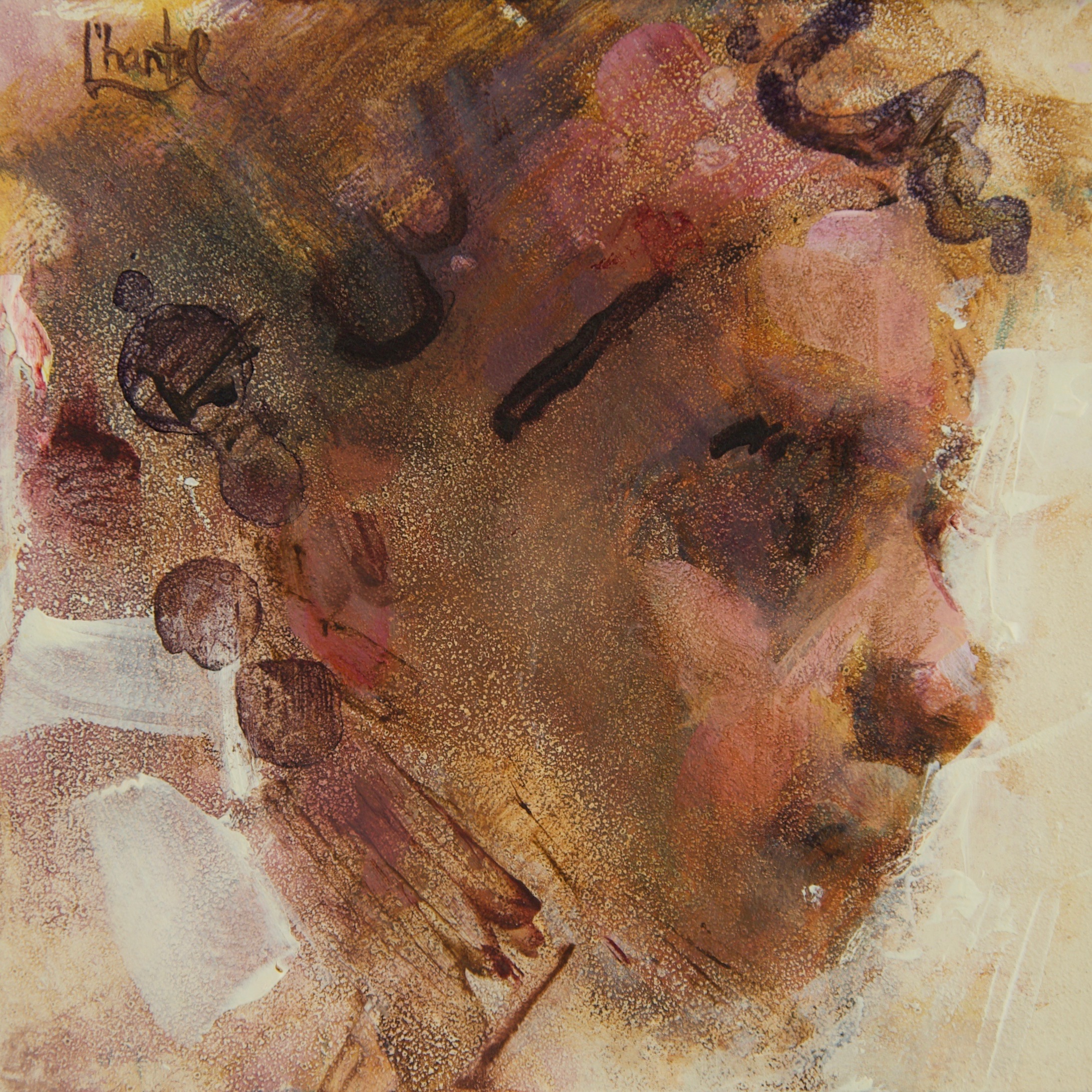
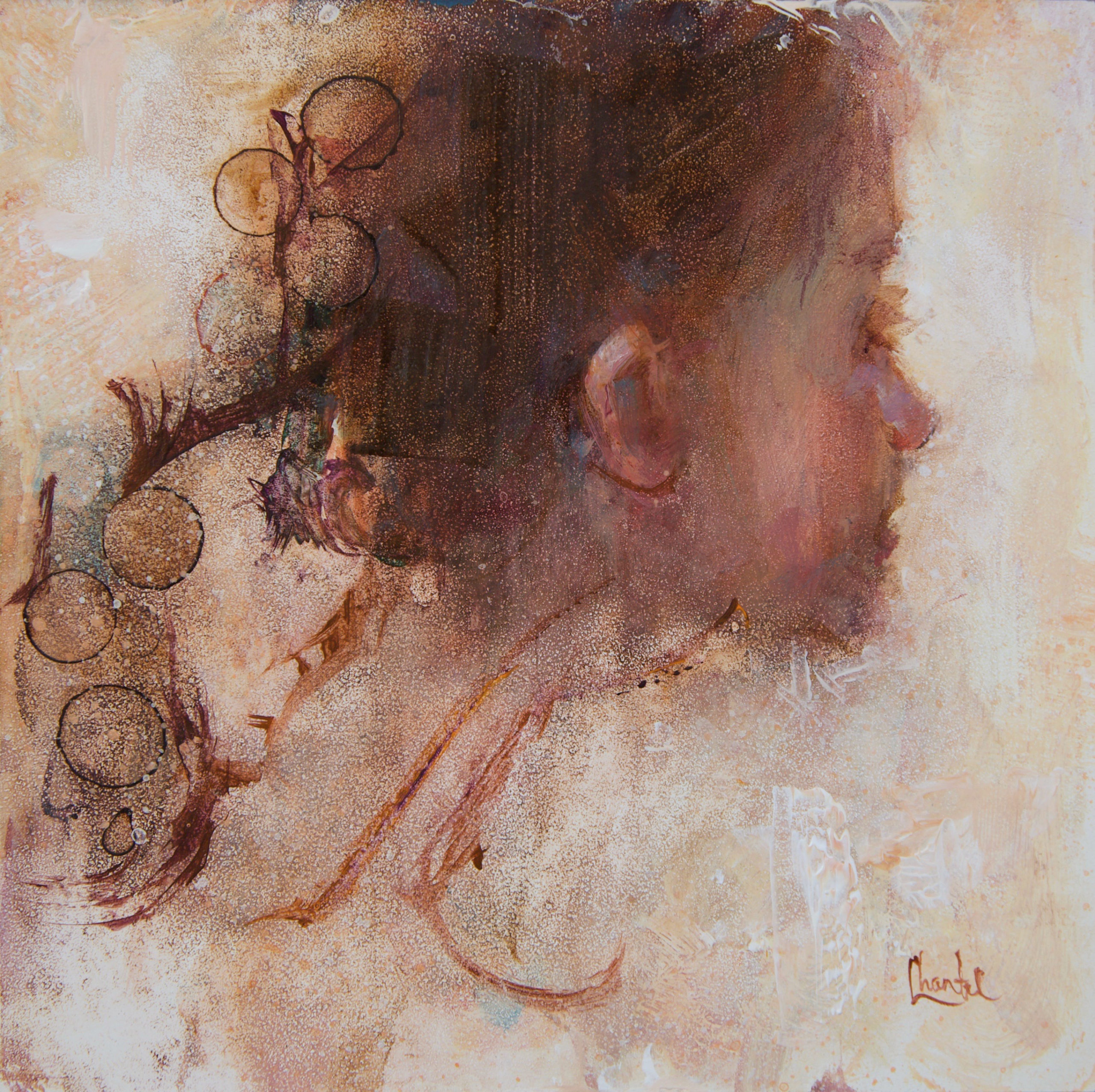
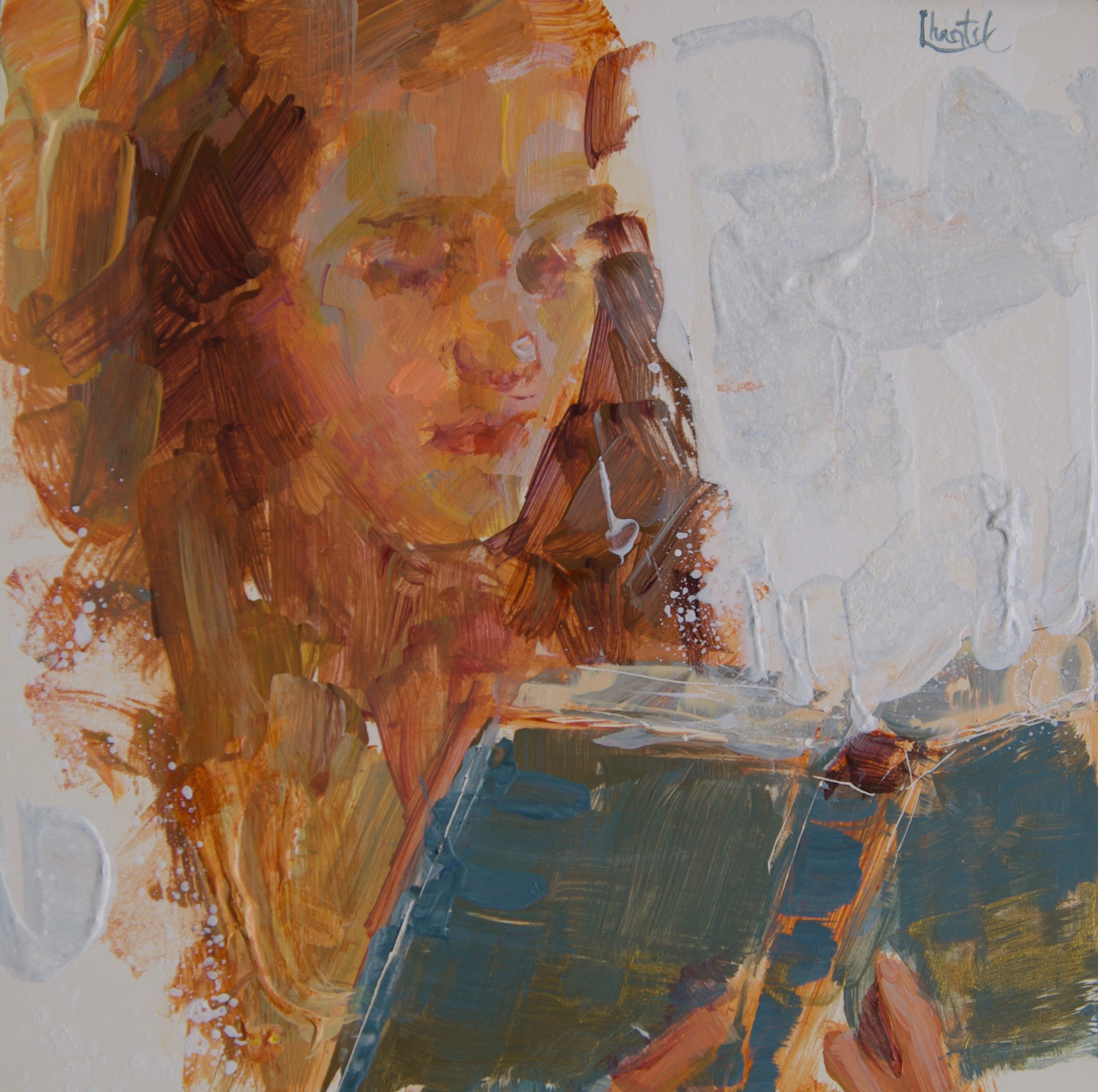
***
This article is sponsored by the PaintTube.tv Workshop, “Chantel Barber: Painting from Photos“
.
Visit EricRhoads.com (Publisher of Realism Today) to learn about opportunities for artists and art collectors, including: Art Retreats – International Art Trips – Art Conventions – Art Workshops (in person and online, including Realism Live) – And More!


